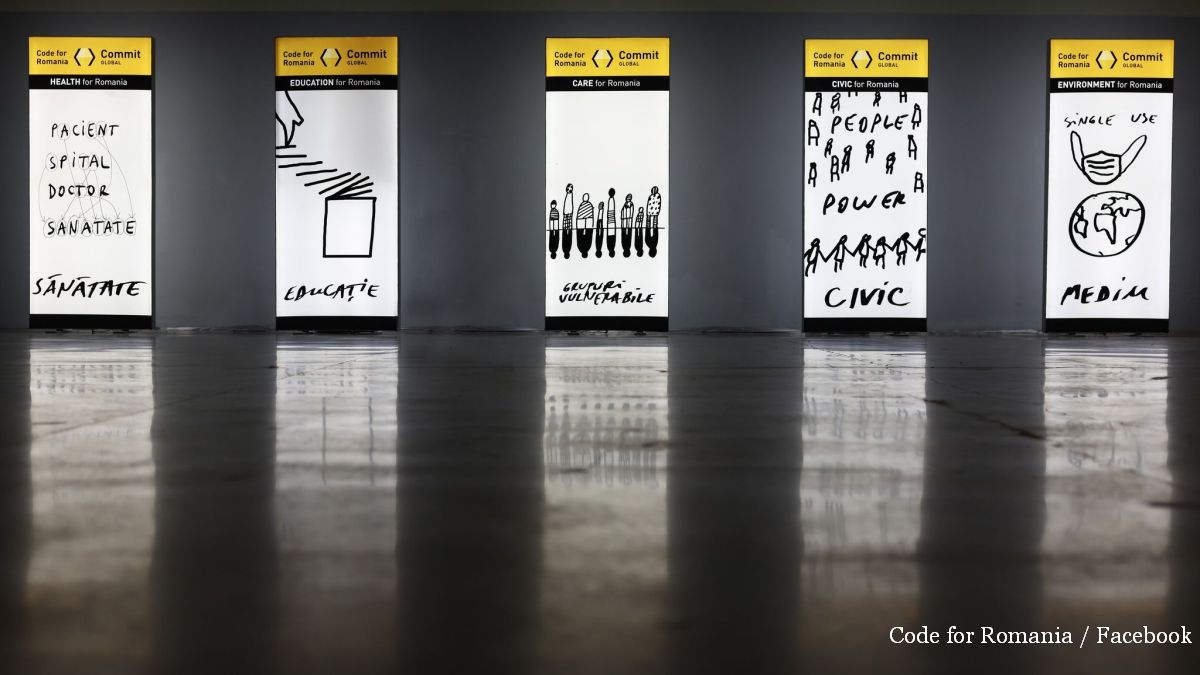The Romanian Print Media, Whereto?
A collateral victim of the economic crisis that hit the country in 2010, the Romanian print has come to a crossroads.

Florentin Căpitănescu, 02.08.2013, 02:41
Unlike the television market, which has been flourishing since the fall of the Communist regime, the publishing industry has been facing great difficulties. Over the past years, many print brands have closed down or have been forced to rely on low staff numbers. Consequently the print media in Romania has seriously declined, something hard to anticipate 10 or 15 years ago. High-quality newspapers, which are few, find it hard to continue to run print versions, given that the print market is being dominated by niche publications such as sports, economic publications and tabloids. Actually, tabloids have proved to be a winner, and this speaks volumes of the evolution of the Romanian press consumers’ tastes.
But we see a similar struggle for survival in the ever-growing virtual environment, which is now host to publications that once had a heavy say in the print market. Visibility is no longer given by the traditional number of copies sold, but by such common online terms like the views, likes and comments. Cristina Casapu, a journalist with an online magazine, told us more about the online media:
“The current technological evolution has created a new fashion — that of online media, of electronic publications. The Internet has become an easy way to communicate information. At first, print newspapers and magazines also had on online version but later many of them went for the online version alone. This has been caused both by the financial crisis, which affected the industry, and by the readers. They find it easier to access information on the Internet from wherever they might be at a certain moment: from home, from the office, from the subway station or from a café, by simply using their PCs or other devices such as tablets or mobile phones.”
Irrespective of the format in which it reaches the consumer, print or online, the Romanian press has a few general features, easily noticed even by the casual reader. The most obvious are the political influence and the decrease in quality. In many cases, the watchdog of democracy, as the press is called, is either a puppy for politicians to play with, or a pitbull sniffing for the most trivial of topics, far from what public interest should be. At the same time, the public interest often happens to be replaced by the interests of either the company or the journalist himself, given that in Romanian press it is customary to write articles by request. Cristina Casapu discussed these trends:
“As easily accessed as information is nowadays, I cannot help noticing a significant drop in quality. You can easily notice that you can find identical pieces of news on various websites. A journalist’s job seems to have been transformed into a clerical job. Another trend is that of blogs, Internet pages that people who are not necessarily journalists use to express their opinions. They seem to be gaining ground against print, which is fast becoming obsolete. In spite of all this, it is not the end of print, it is just that its target audience will be more coagulated and select. Technology continues to evolve, and who knows what kind of publications we will be seeing in twenty or thirty years?”
Is it still possible for print to regain some of the influence it has lost in these last few years? It could be that this marginalization of the printed press is irreversible. These are questions to which only the future can bring an answer. More and more voices claim that even in a favorable economic climate, print cannot make a comeback. One of the reasons is that the online press has enough arguments to strengthen its dominant position. Because it is easily accessible, and mostly free, it has an enormous advantage over the traditional press. In addition, the passion for electronic media is also fed by the fascination that Romanians have for gadgets.






























